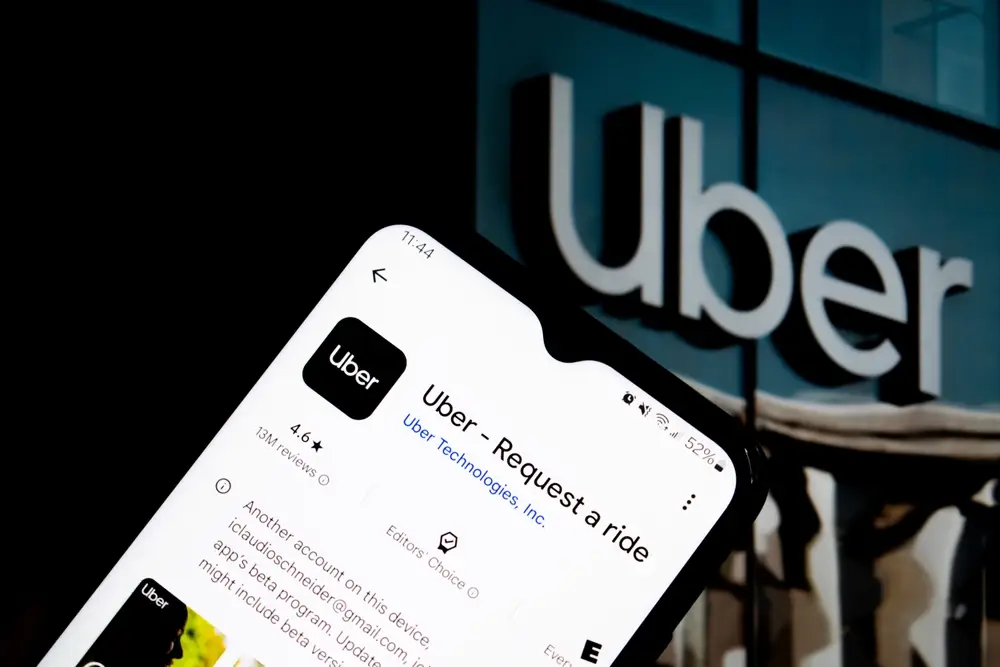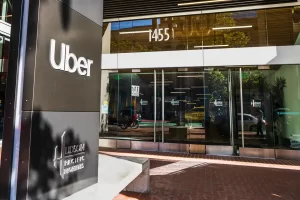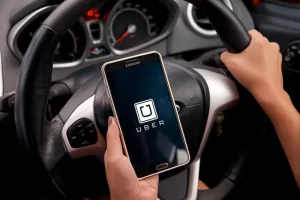Newly unsealed court documents obtained by the New York Times show that Uber received more than 400,000 reports of sexual misconduct or assault in the U.S. between 2017 and 2022, a number that far surpasses the 12,500 serious incidents the company publicly acknowledged in its safety reports. The data comes from an ongoing class-action lawsuit filed by passengers who allege Uber failed to protect them from known risks.
On average, a report of sexual misconduct or assault was made every eight minutes over the six-year period. Internal investigations and court documents reveal that many of these incidents involved repeat offenders and predictable patterns that Uber identified but did not act on decisively, the Times investigation revealed.
Plaintiffs allege the company withheld key safety interventions despite clear evidence of risk. One such tool, the ability for riders to request female drivers, was available internationally as early as 2019. However, Uber delayed its U.S. rollout due to political and legal concerns. Internal memos warned of potential backlash during a volatile political climate and estimated the cost of gender-based discrimination lawsuits could top $100 million.
In December 2023, a woman in Houston reported being raped by an Uber driver who had previously been accused of sexual misconduct. Her trip, which should have lasted under 30 minutes, remained active for hours near a motel. Uber had detected irregularities during the ride and sent automated notifications and a robocall, but no human intervention followed. After the woman came forward, the driver was banned.
The incident was reviewed internally, prompting the chilling question: “Are our actions (or lack of actions) defensible?”
Since 2021, Uber says it has blocked over 750,000 prospective drivers who failed multi-step screening and removed more than 185,000 accounts during ongoing background checks. The company also banned 15,000 rider accounts with fake or suspicious names and began requiring ID verification in some cities. However, safety advocates say these actions came too late for many survivors.
Despite its efforts to frame these events as rare, citing that 99.994% of U.S. trips occurred without reported incident, the massive scale of Uber’s operations means that even a fraction of a percent still represents thousands of traumatic encounters.
Uber has emphasized the use of Safety Risk Assessed Dispatch (S-RAD), a ride-matching algorithm that uses 43 predictors to pair drivers and riders in a way that reduces safety conflicts. Uber says this system helped reduce serious sexual assault reports by 10%, although the company also acknowledged that no technology can prevent all incidents.
The company has invested billions of dollars into safety, created a 24/7 support team trained in trauma-informed response, and launched a survivor hotline. In 2018, Uber waived its mandatory arbitration policy for sexual misconduct claims, allowing survivors to choose how they pursue justice. A plaintiff’s attorney called the arbitration change a positive step, but said it has not resolved the deeper cultural and systemic failures at play.
Internal documents reveal that Uber’s own employees pushed for broader transparency and criticized the decision to only include five categories of serious assault in official safety reports. Some executives, including a former head of women’s safety at Uber, reportedly refused to participate in media campaigns promoting those reports, arguing that the public deserved a fuller picture.
A 2021 internal safety document framed the company’s primary goal not as public protection, but rather to “set the tolerable risk level for our operations.” Critics argue this risk calculation has prioritized profits over passenger safety.
Today, Uber partners with organizations like RAINN and NO MORE and has pledged $10 million to gender-based violence prevention. But with more than 2,300 sexual assault lawsuits still pending in federal court and hundreds more pending in California state court, questions remain about whether its reforms are enough or too late.
To learn more, visit our Uber Sexual Assault Lawsuit Guide.
If you experienced a traumatic non-consenual encounter with a rideshare driver and want to learn about your legal options, fill out the brief, confidential form below. Your case will be evaluated at no cost to you.




